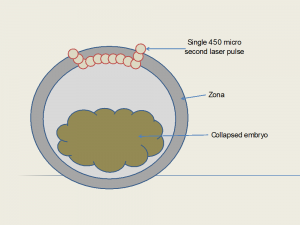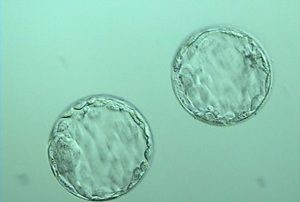Frozen Embryo Transfer
Frozen Embryo Transfer
A frozen embryo transfer (FET) involves transferring an embryo that’s been frozen previously (learn more about cryopreservation here). Since you don’t have to go through another egg retrieval, it’s much less intense than a full-blown IVF cycle. An FET may be combined with an ERA to improve timing of implantation. Frozen embryos have been shown to have similar pregnancy rates to fresh IVF cycles.
FET Timeline
Baseline Labs
Baseline labs and an ultrasound are done on Cycle Day 1, 2, or 3 for a FET. This lets the doctor monitor the stimulation of your lining. During this scan they can also check for polyps, which may inhibit implantation.
Consents
Similar to an IVF cycle, the doctor will go over your calendar and have you sign consents before you do an FET.
Lining Stimulation
You’ll take some medication (Progesterone) for one month to stimulate development of the uterine lining. This medication ensures that the endometrium is ready for the embryo to implant. You’ll have another ultrasound appointment before your embryo transfer to make sure the lining is just right.
Embryo Thaw
The embryologist will thaw the embryo(s) and perform Assisted Hatching, then let it recover in the incubator for 2 hours prior to transfer.
You will receive pictures of the embryo(s) before the transfer.

Embryo Transfer

The embryo transfer is the same as an IVF cycle; it’s done with an abdominal ultrasound. You’ll be able to watch on the ultrasound monitor as the embryos are placed into your uterus.
After the transfer, you’ll be told to rest for 20 minutes. We tell our patients to take it easy for the next few days.
One week after the transfer, you’ll get your blood drawn for a progesterone level. This tells us the quality of the uterine lining.
Two weeks after the transfer, you’ll get your blood drawn for a pregnancy test. This gives us a quantitative hCG level.
Interested in setting up an appointment? Click here to contact our office:
